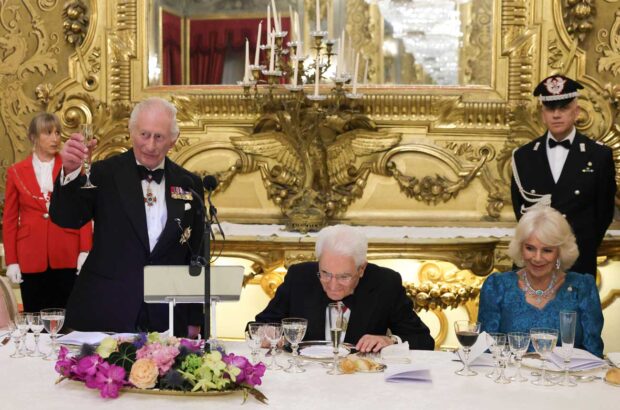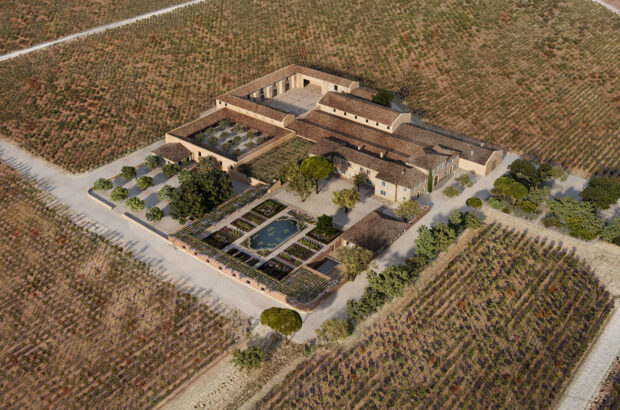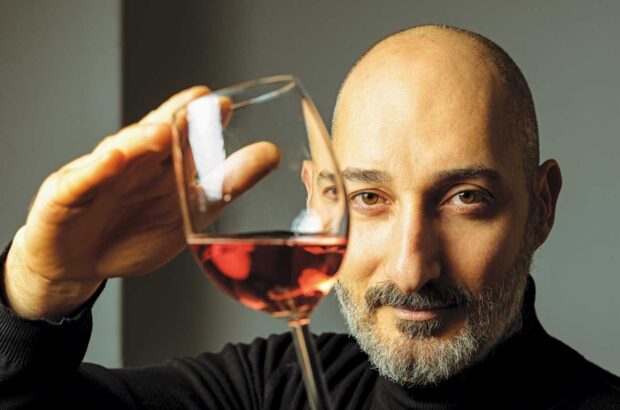This obscure region makes only a tiny quantity of its golden wine, but demand is such that the annual Percée du Vin Jaune festival is one of France's finest. Wink Lorch raises a glass to this colourful weekend
Accurate long-term weather forecasts are hard to come by, but, if past records are anything to go by, the chances are good that the first weekend of February will be cold but sunny in the Jura region near the French/Swiss border.
However, come rain, snow, fog or sunshine, everything will be done to ensure the festival of La Percée du Vin Jaune is a success, because some 40,000 people are expected.
The festival celebrates the symbolic piercing or breaking open of the first barrel of Vin Jaune, six years and three months after the grapes were picked. By law, the wine can’t be released until the January seven years after the vintage.
In 2009 it’s the turn of the 2002 vintage, which promises to be excellent. It’s an extraordinary testimony to the allure of Vin Jaune – a wine produced only in the Jura in tiny quantities – that one of the most successful wine festivals in France has been built around it.
Each year the celebrations take place in a different town or village. As visitor numbers have increased, finding a suitable place has become increasingly difficult.
This year, two adjoining villages, Passenans and Frontenay, will host La Percée, 15km north of the Jura departmental capital, Lons le Saunier, and 24km south of the wine centre of Arbois.
Combined, Passenans and Frontenay have fewer than 500 inhabitants, but together with about 800 hardworking volunteers, the Ambassadeurs des Vins Jaunes, they take on the massive job of decorating the streets of the two villages, each year trying to outdo the efforts of the last.
Held in deepest winter, when no leaves are on the trees, the bright yellow theme, reflecting the colour of the wine, stands out beautifully against the traditional pale stone of the village houses.
The weekend begins behind closed doors on Saturday morning with the serious business of the Clavelinage, named after the unique Vin Jaune bottle, the clavelin, which containing just 62cl, is one of the few non-standard bottles permitted by the European wine regime.
During the Clavelinage, about 60 Vins Jaunes are covered with the obligatory dark green chaussettes (socks) to be tasted blind by local professionals and journalists.
Drawn from different producers in the Jura appellations – Arbois, Côtes du Jura and Etoile, plus Château-Chalon (an AC only for Vin Jaune) – just one-third are singled out to be claveliné, an award much coveted by the vignerons.
Things lighten up when the festival gates open for the public in the afternoon.
At once, the streets fill with colourful roving theatre and comedy groups, jugglers and musicians, all creating a festive and relaxed feel to the weekend’s celebrations.
Having paid the small entry fee, visitors can taste from some 70 different Jura wine producers who will have set up shop under cover in alcoves, barns, cellars and garages all around the villages.
Vin Jaune is available to taste, usually from the previously released vintages rather than the one to be celebrated.
There is also a selection from each producer’s main range, from sparkling Crémant du Jura, through the pale, but fascinating reds, to the unusual whites from both Chardonnay and Savagnin grapes, and maybe even a chance to taste the sweet Vin de Paille or the curious fortified Macvin.
Mostly it is the vignerons and their family pouring the wines – the perfect opportunity to learn more.
It’s worth looking in on the specialist auction of old Jura vintages, which takes place in a central venue, usually with a packed audience.
Bottles selected for sale are not only Vins Jaunes but older vintages of other Jura wines, usually sourced direct from the growers and going back several decades, with the possibility of one or two bottles from the 19th century up for sale.
Jura wines are famed for their longevity, and yet these wines will be sold for a fraction of the price of the same vintages of fine Bordeaux or Burgundy.
It’s a rare occasion for collectors.
Tasting Jura wine without food is hard going. Fortunately, the festival has food stands for trying local specialities: most notably for the wonderful local Comté and other Jura cheeses, as well as charcuterie, snails and honey.
A cooking competition takes place on Saturday afternoon and a cookery demonstration on Sunday afternoon. If you really want a taste of Jura food-and-wine matching, and can cope with a very long evening, you can reserve a place at the official banquet on Saturday night.
Sunday morning is when the main processions and ceremonies take place after a service in the church, and it’s wise to arrive by 11am to see the best of it, although the tasting stands only open at midday.
A wonderful atmosphere builds up as festival-goers mill around the streets having arrived from all over the region, as well as from Switzerland and Belgium.
The stars of the procession are the Ambassadeurs des Vins Jaunes, who carry a 228-litre barrel, and are joined by a number of local gastronomic fraternities dressed in full regalia: the Comté cheese group heave around a huge cheese, the Mortadeau sausage society have sausages dangling from their banners, and the Poulet de Bresse dignitaries march along carrying a live, if rather sleepy-looking chicken.
Live music ranging from brass bands to rock accompanies the procession en route.
Eventually, all gravitate towards a central stage where the traditional piercing ceremony takes place and the crowd stands patiently through the speeches, glasses raised, waiting to taste the new vintage.
They are given a full explanation, in typical flowery French, of the winemaking process that the Vin Jaune has gone through.
(After the white wine is made in the normal way, it is placed in old oak barrels in a well ventilated cellar. A layer of yeast will form (a little like sherry’s flor) protecting the
wine from the worst of oxidation, and it is simply left to age. Each barrel is tested and tasted twice a year, and many barrels are discarded. Those barrels that last the course are bottled.)
The resultant wine is enjoyed with Comté cheese, walnuts or more classic main dishes, such as the chicken casserole Poulet au Vin Jaune.
The wine is renowned for its ageing ability, with 18th-century bottles still found to be drinkable.
The Percée du Vin Jaune was first held in 1997, and the festival is said to be one of the reasons the Route Touristique des Vins du Jura (Jura Wine Route) was awarded the Destination Française d’Excellence this year.
It’s a spectacular event and has helped to put this obscure wine region firmly on the map.
Written by Wink Lorch






